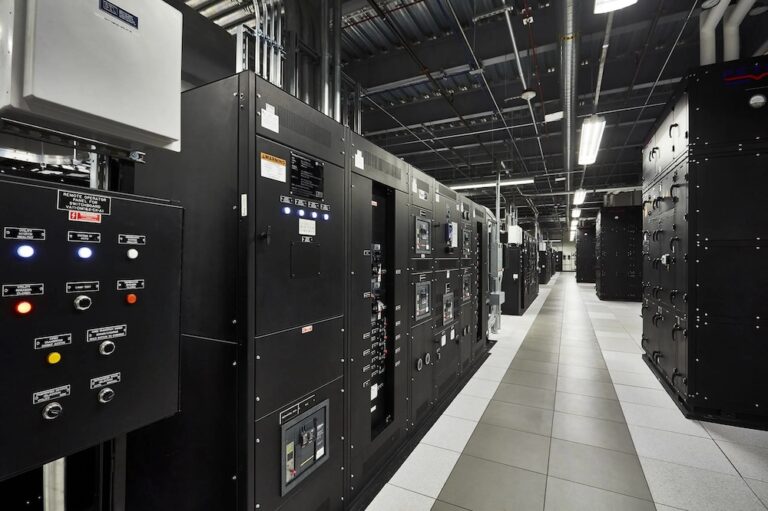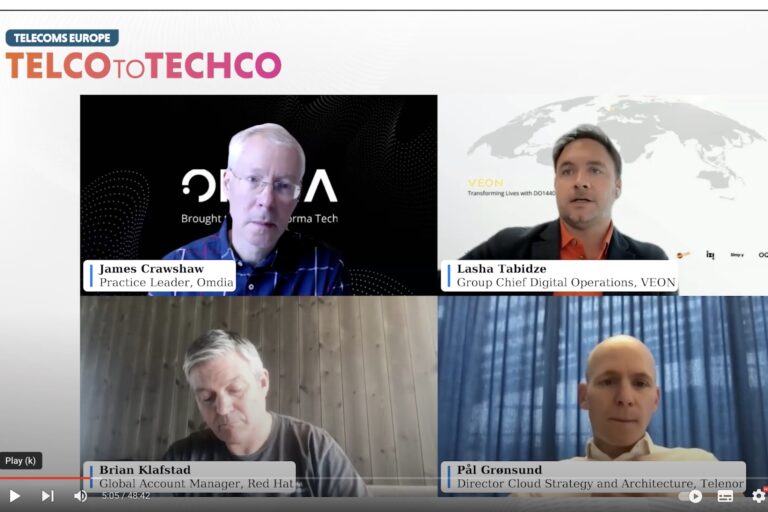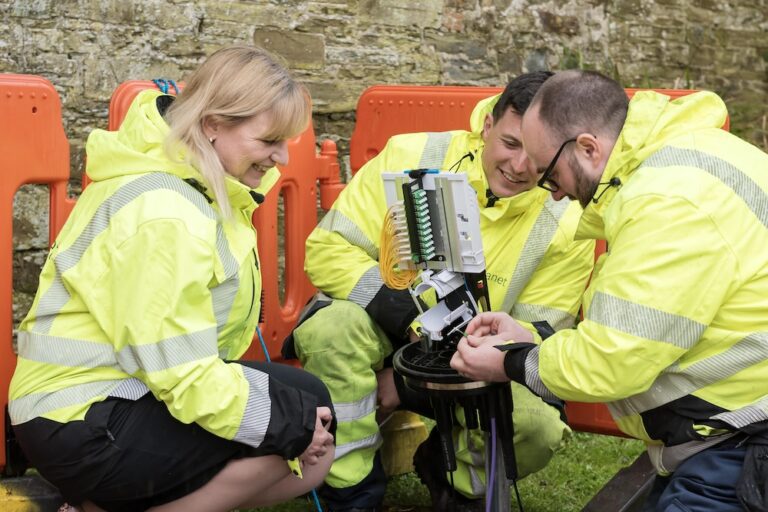Partner content: Telecoms must navigate the complex interplay between the network, automation and AI as all three evolve
In the heart of the digital revolution, the telecoms industry finds itself navigating the complex interplay between traditional automation techniques and the emerging potential of Artificial Intelligence (AI). This landscape presents a unique set of challenges and opportunities for telecom service providers, sparking a critical examination of conventional approaches and the pathways to future advancements.
The Critical Role of Automation
The telecom sector, propelled by the next generation of fixed and mobile services, faces an undeniable complexity. This complexity necessitates a shift towards automation and orchestration, especially in environments where manual processes cannot keep pace with the demands of dynamically orchestrated, virtualised 5G networks. Automation emerges not just as a beneficial tool but as an imperative for maintaining efficient, cost-effective service lifecycle management amidst this evolving backdrop.
Reassessing the Relationship Between AI and Automation
An important consideration in the current discourse is the distinct role of AI in relation to automation. While acknowledging AI’s capacity to transform future operations, it’s crucial to understand that automation’s efficacy isn’t contingent on the immediate adoption of AI technologies. This realisation encourages service providers to tap into existing automation capabilities, fostering innovation and creating immediate value without necessarily depending on AI’s progress. It posits that AI, although promising, serves as an optional enhancement for many telecom processes rather than a foundational necessity.
Navigating Automation Without Immediate AI Integration
Exploring the practical application of automation, independent of AI, reveals how today’s technology can address complex processes, enhance efficiency, and reduce operational costs. This approach covers a spectrum of telecom operations, from service provisioning to enhancing customer experiences, showcasing the tangible benefits of automation leveraged through current technological advancements.
Future Prospects: AI as an Operational Enhancer
Looking ahead, AI is poised to play a significant role in refining telecom operations, capable of optimising complex decision-making processes. However, equating AI as the sole solution for present challenges overlooks the immediate benefits and practicalities of current automation technologies. By adopting a balanced strategy that prioritises automation now, telecom providers can establish a solid foundation for seamlessly integrating AI technologies in the future, ensuring it complements an already efficient operational framework.
Strategic Implementation: A Forward-Looking Approach
The strategy for embracing automation today, without the immediate inclusion of AI, emphasises the significance of practical, actionable measures. It suggests a focused direction for telecom operations, highlighting the importance of adopting automation with a vision that anticipates the eventual integration of AI. This approach not only addresses immediate operational needs but also prepares the groundwork for future technological advancements, promising a strategic advantage in the evolving telecom landscape.
Conclusion: The Imperative for Immediate Action
The discussion culminates in a strong endorsement for the proactive adoption of automation technologies in the telecom industry. This approach presents automation as an essential, readily available tool capable of delivering substantial benefits today, thereby setting the stage for the future role of AI. Such a pragmatic strategy ensures immediate improvements in efficiency and productivity, offering a rapid return on investment while preparing operations for future innovations.
In essence, the telecom industry’s journey through digital transformation is marked by the strategic embrace of automation technologies. This path does not merely respond to today’s challenges but also anticipates the integration of AI, ensuring sustainable, long-term innovation and success. For telecom leaders, the message is clear: the time to act is now. By prioritising automation, the industry can maintain its competitive edge and navigate the complexities of the digital age with confidence and strategic foresight.
DOWNLOAD THE FULL WHITE PAPER – AI-based automation: Wait or act now?
In essence, “AI-based Automation: Wait or Act Now?” is more than a white paper; it’s a strategic manual for service providers navigating the complexities of the modern telecom landscape. It argues convincingly for a balanced, forward-looking approach to automation and AI, offering a blueprint for immediate action and long-term success.
For those ready to chart their course in this dynamic environment, the insights and recommendations within this white paper are invaluable. It’s a clarion call to act now, harness the power of automation, and prepare for the AI-enhanced future. Download the white paper today and take the first step toward transforming your telecom operations with We Are CORTEX.












